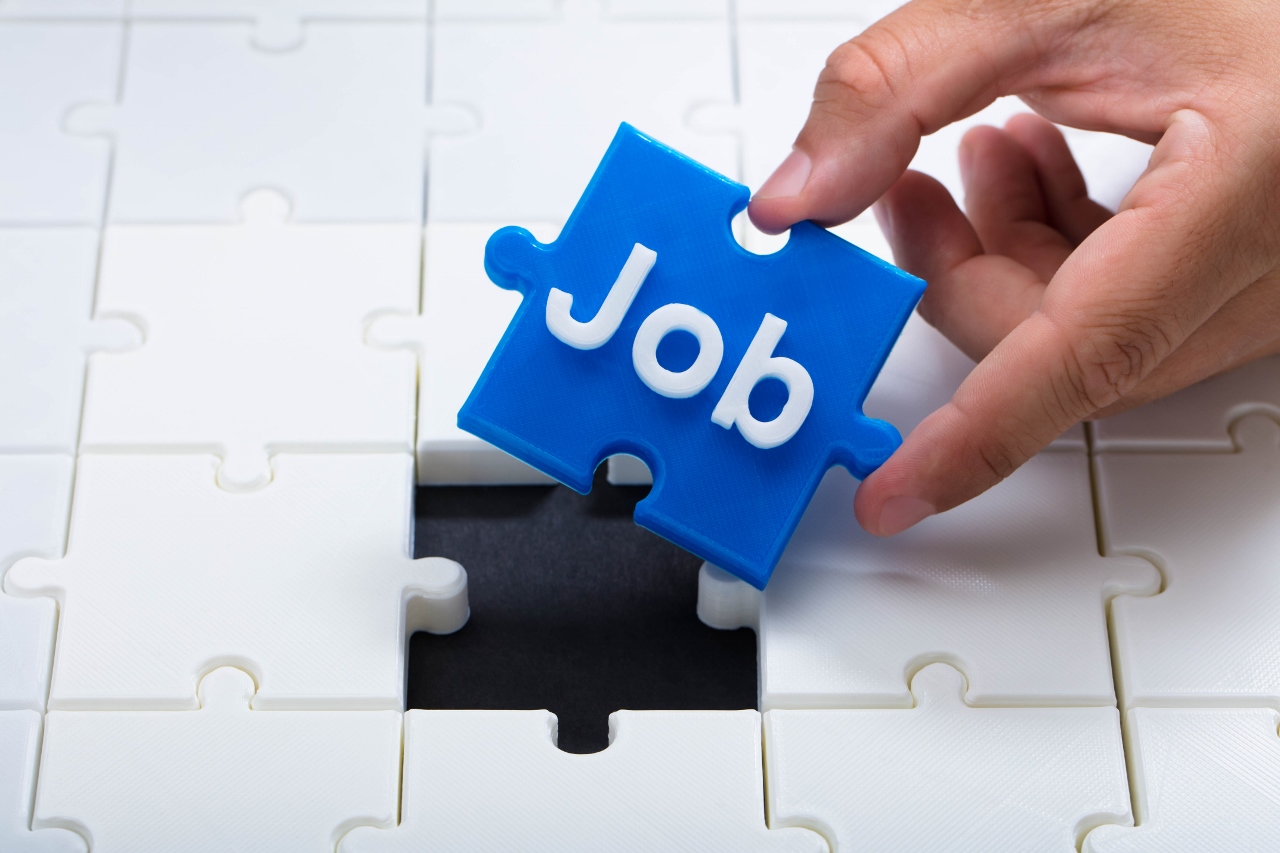
Workplace peers may help you form healthy habits
Health experts have long known that an excessively sedentary lifestyle is bad for you in many ways, raising risks of so many health problems — diabetes, weight gain, depression, dementia, multiple cancers — that it’s often equated with the dangers of smoking cigarettes.
Mark Pireira, a professor of epidemiology and community health at the University of Minnesota, doesn’t like that analogy. Evidence doesn’t actually show that sitting is just as hazardous as smoking. But the two unhealthy habits do have one thing in common, he said.
Both smoking and sitting are highly influenced by social norms and peer pressure.
People tend to start smoking because their friends smoke, and they quit if nobody around them smokes. Similarly, they’re more likely to get up out of their chairs at work if others are doing the same.
“It’s difficult to stand up in a meeting if everybody’s seated,” Pireira said.
That finding could be helpful to companies’ managers, who have a vested interest in encouraging worksite wellness programs that can lower health care costs and potentially increase productivity.
And it could be useful as people gradually return to their offices.
Working at home generally doesn’t require as much movement as walking to an office from a bus stop or parking spot, stopping by colleagues’ cubicles, visiting the restroom, going up and down stairs to different departments. Those who wear a step-counting device (such as a Fitbit or Apple watch) have discovered that they put on many more steps when they’re in the office.
In a study called Stand & Move at Work, conducted between 2016 and 2017, Pireira partnered with Matthew Buman, director of the College of Health Solutions at Arizona State University, to measure the effects of using sit-stand desks (desks whose height can be adjusted for use in either position).
They wanted to see whether the desks and encouragement to move during the workweek would prompt people to spend less time sitting and more time standing, and to find out how it affected their health. The results were promising, and the study in some cases triggered habits that stuck around long after it was over.
The researchers selected 24 workplaces and divided them into two groups of 12. They gave everyone activPAL devices that, like Fitbits but even more accurate, measure movement throughout the day. Everyone in both groups was encouraged to spend time moving at work, and received emails with suggestions.
But one of the two groups also received free sit-stand desks, courtesy of the National Institutes of Health (NIH).
After a year, the researchers met with people with the adjustable desks and found they were spending about an hour a day standing. Although that was an improvement, differences in health metrics were minimal for the group overall.
But a subgroup of 95 participants with elevated blood sugar in the prediabetes or diabetes range saw more dramatic improvements to blood sugar, blood pressure and body fat.
Meanwhile, the control group of the 12 workplaces that did not get new desks initiated workplace movement activities, including standing in meetings.
Tribune News Service


